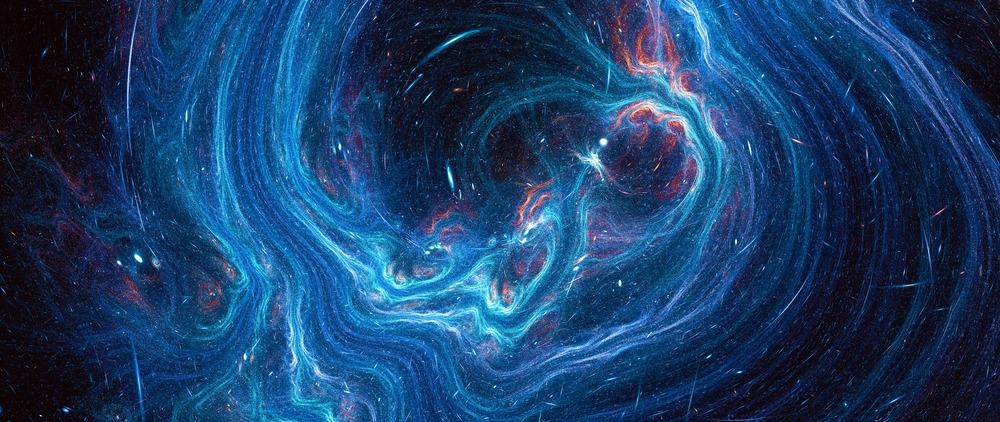Physicists have developed a new method to observe details regarding the structure and composition of materials. This method is an enhanced version of earlier methods.

Image Credit: sakkmesterke/Shutterstock.com
Conventional spectroscopy modifies the frequency of light shining on a sample over time to disclose the details about the sample. Dubbed Rabi-oscillation spectroscopy, the newly developed method does not require an extensive frequency range examination, so that it can work very quickly. This technique could help investigate the best theories of matter to gain better insights into the material universe.
Although it is not possible to see atoms with the naked eye, it is well-known that they constitute everything people get to see around. A collection of positive protons, negative electrons, and neutral neutrons form the basis of all the matter found around.
But a few more exotic forms of matter occur, such as exotic atoms, which are not formed of these three basic components. For instance, muonium is similar to hydrogen, which normally has one electron in orbit around one proton but consists of a positively charged muon particle instead of the proton.
Muons are considered essential in advanced physics as they enable physicists to test the best theories related to matter like quantum electrodynamics or the Standard Model with extremely high precision.
This in itself tends to be essential, as only when a strong theory is pushed to its extremes may proverbial cracks start to develop, which could denote where new and more complete theories are required and even what they might be. For this reason, muonium research will gain huge interest amongst the physics community, but so far, it has not been studied in detail.
Muonium is a very short-lived atom, so it is important to make quick observations with as much power as possible to obtain the best signal from the limited observation time. Conventional spectroscopic methods require repeated observations across a range of frequencies to find the particular key frequency we are looking for, known as the resonance frequency, and this takes time.
Hiroyuki A. Torii, Associate Professor, Graduate School of Science, University of Tokyo
Hence, Torii and his colleagues designed a new type of spectroscopic technique that involves using a familiar physical effect called Rabi oscillation.
In Rabi-oscillation spectroscopy, there is no need to search for frequency signals to pass information regarding an atom. Instead, this new method analyzes the raw sensor or time-domain data over a shorter period and provides information depending on that. This provides greater enhancements with accuracy.
The study of exotic atoms requires knowledge of low-energy atomic physics and high-energy particle physics. This combination of disciplines within physics suggests we’re on a path to a more complete understanding of our material universe.
Hiroyuki A. Torii, Associate Professor Graduate School of Science, University of Tokyo
“I’m eager to see physicists use Rabi-oscillation spectroscopy to peer ever deeper into the world of exotic atoms containing unusual particles and isotopes, and other kinds of matter created at particle accelerators around the world,” added Torii.
Journal Reference:
Nishimura, S., et al. (2021) Rabi-oscillation spectroscopy of the hyperfine structure of muonium atoms. Physical Review A Letters. doi.org/10.1103/PhysRevA.104.L020801.